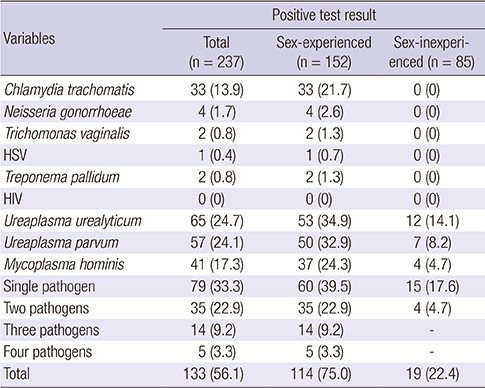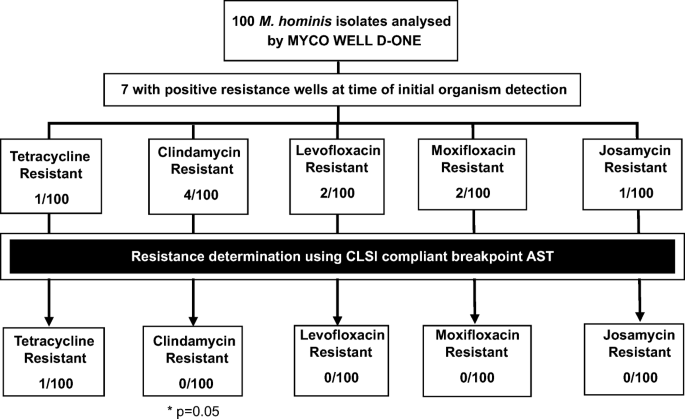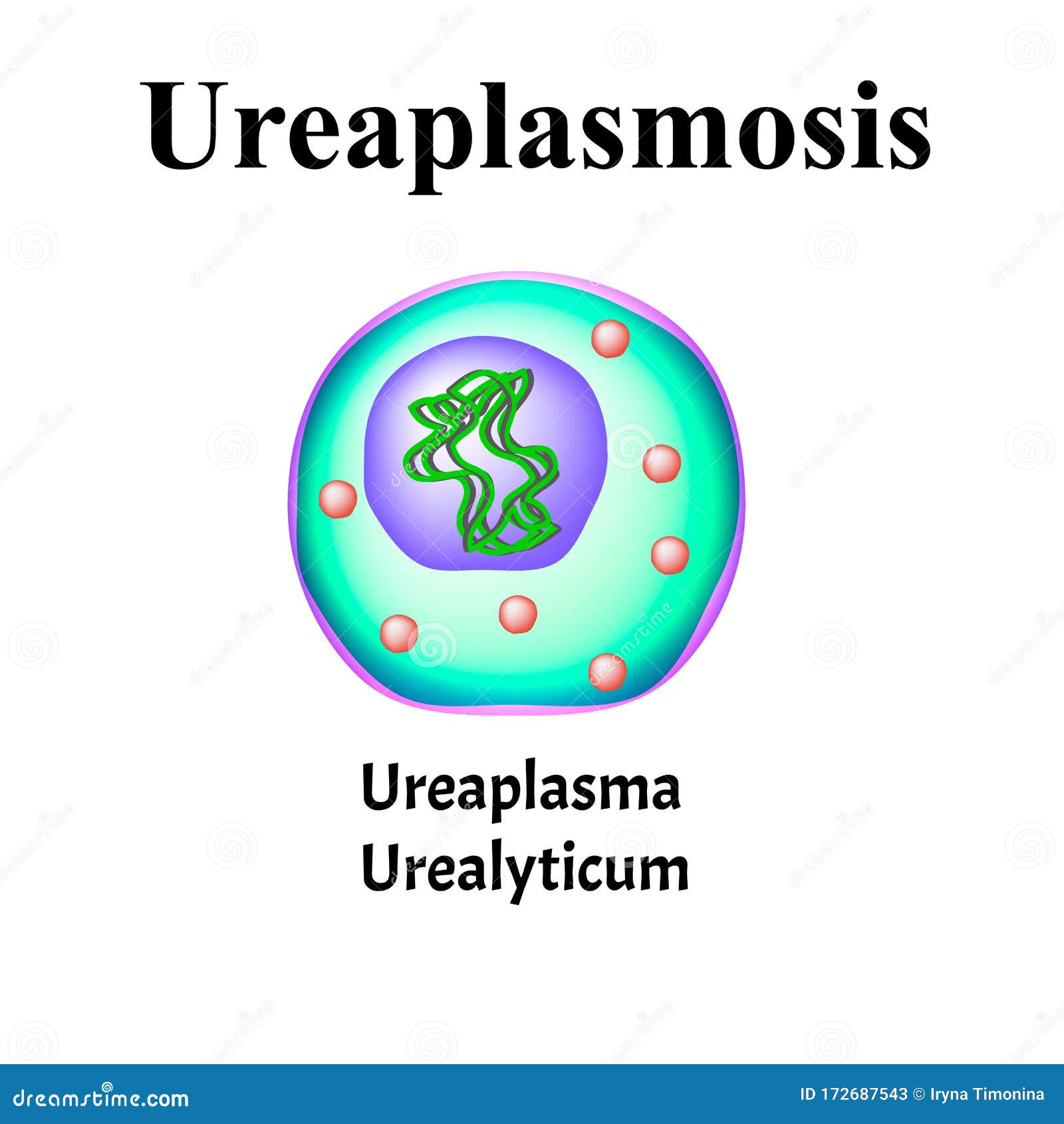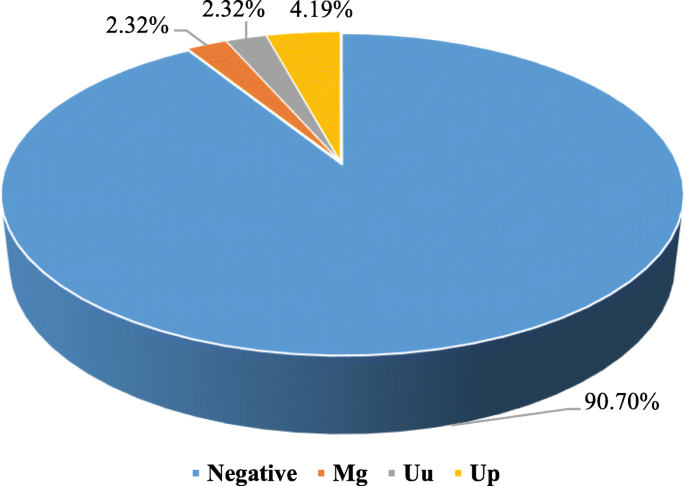is ureaplasma only sexually transmitted
 Mycoplasma and Ureaplasma: Are they Sexually Transmitted Infections?
Mycoplasma and Ureaplasma: Are they Sexually Transmitted Infections?What is Ureaplasma, and how did I get it? Most reproductive endocrinologists often get samples of the cervix to evaluate their patients by gonorrhea, chlamydia, ureaplasma, mycoplasma and other bacterial infections. Gonorrhea and chlamydia are sexually transmitted diseases that can cause tubal damage and infertility when these bacteria travel from the cervix through the uterus and go to the fallopian tubes. Sexually communicable infections can be passed between sexually intimate partners over and over. Patients with gonorrhea may have a yellow discharge associated with pelvic pain and fever. Although chlamydia can be associated with these symptoms, chlamydia infections are often silent. Despite their lack of symptoms, chlamydia infections can result in considerable scarring and damage to the tubal. Ureaplasma and mycoplasma are bacteria that can be commonly found in the reproductive tract of men and women. It is a bit more problematic to label these two bacteria as pathogens of the reproductive tract because they are often found in fertile and healthy couples besides those with infertility. Although the presence of these two bacteria has been hypothesized to play a role in both infertility and abortion, the specific mechanisms for which fertility is adverse remain unclear. The question of whether ureaplasma or mycoplasma can cause damage to the reproductive tract or whether its presence increases the abortion rate has not been definitively answered. As a result, many clinics do not routinely test ureaplasma or mycoplasma. If cervical cultures for ureaplasma and mycoplasma are positive, both the patient and their sexual partner are usually treated with antibiotics such as doxycycline. Since these bacteria may have been present for many years without causing symptoms, the discovery of ureaplasma and mycoplasm in cervical cultures does not indicate in any way infidelity or sexual misconduct. Contact a leader or see us in one of our Washington, D.C. if you have more questions about ureaplasma. Contact an expertSubscribe to Blog Newsletter

What Is Ureaplasma: Symptoms, Causes, and Treatment

Ureaplasma: Causes, symptoms, and treatment

The Role of Ureaplasma spp. in the Development of Nongonococcal Urethritis and Infertility among Men | Clinical Microbiology Reviews

Ureaplasma: Causes, symptoms, and treatment

How Mycoplasma and Ureaplasma are Sexually Transmitted Infections Transmitted?

Ureaplasma: Causes, symptoms, and treatment

Ureaplasma: Causes, symptoms, and treatment

The Role of Ureaplasma spp. in the Development of Nongonococcal Urethritis and Infertility among Men | Clinical Microbiology Reviews
/promo-81329ccf52e847eca9e92439461f652c.jpg)
A Gynecologist Explains Why You May Have a Constant Itching, Burning Sensation in Your Pelvic Region

Against the odds: what is your risk of getting an STD through a one-off heterosexual encounter?
Ureaplasma Urealyticum and U parvum Infection Test in Dubai (STD)

A Handy Guide to Understand the Basics of Ureaplasma
Private Ureaplasma Urealyticum (STD) Test & Treatment Dubai: Free Consultation with STD /STI Specialist Doctor | DubaiDermatologist.com
:max_bytes(150000):strip_icc()/cdn.cliqueinc.com__cache__posts__226450__ureaplasma-226450-1496965080984-product.700x0c-471fa26f94e54577810bee948478b7b9.jpg)
A Gynecologist Explains Why You May Have a Constant Itching, Burning Sensation in Your Pelvic Region

The Risk for Males of Contracting Various STDs through One-Time Unprotected Homosexual Sex

Male infertility: a public health issue caused by sexually transmitted pathogens | Nature Reviews Urology

Infection by Human Papillomavirus (HPV), Chlamydia trachomatis and Ureaplasma urealyticum, in Relation with Reproductive Failure | IntechOpen

Ureaplasma: Causes, symptoms, and treatment

Symptoms Of Ureaplasma | Sexual Health Clinic | DTAP Singapore

KoreaMed Synapse

PDF) Clinical role of Ureaplasma parvum and Ureaplasma urealyticum presence in female lower urogenital tract: Is there a place for routine screening and treatment?

PDF) UREAPLASMA UREALYTICUM: THEPRESENCE AMONG SEXUALLY TRANSMITTED DISEASES

Ureaplasma: Causes, Symptoms, Treatment, and Outlook

Sexually transmitted disease test kit - EG-90049-UNI - Elisabeth Pharmacon spol - Ureaplasma urealyticum / Ureaplasma parvum / urine

Ureaplasma urealyticum test kit - All medical device manufacturers

Are Ureaplasma spp a Cause of Nongonococcal Urethritis and Infertility in Men? - Infectious Disease Advisor
/mycoplasma-bacteria--illustration-758305183-5ad4fdabae9ab80038b98054.jpg)
How Mycoplasma Genitalium Is Diagnosed

Ureaplasma Urealyticum. Bacterial Infections Ureaplasma. Sexually Transmitted Diseases. Infographics. Illustration On Stock Vector - Illustration of contamination, chlamydiosis: 179604249

Symptoms Of Ureaplasma | Sexual Health Clinic | DTAP Singapore

MYCO WELL D-ONE detection of Ureaplasma spp. and Mycoplasma hominis in sexual health patients in Wales | SpringerLink

Ureaplasma Urealyticum. Bacterial Infections Ureaplasma. Sexually Transmitted Diseases. Infographics. Vector Stock Vector - Illustration of disorder, contagion: 172687543

Non-gonococcal urethritis due to T-mycoplasma (Ureaplasma urealyticum) serotype 2 in a conjugal sexual partnership. | Sexually Transmitted Infections
![Detection of sexually transmitted pathogens and co-infection with human papillomavirus in women residing in rural Eastern Cape, South Africa [PeerJ] Detection of sexually transmitted pathogens and co-infection with human papillomavirus in women residing in rural Eastern Cape, South Africa [PeerJ]](https://dfzljdn9uc3pi.cloudfront.net/2021/10793/1/fig-1-full.png)
Detection of sexually transmitted pathogens and co-infection with human papillomavirus in women residing in rural Eastern Cape, South Africa [PeerJ]

Numbers of positive and negative results for Ureaplasma urealyticum and... | Download Table

What Is Ureaplasma & How Did I Get It? | Dominion Fertility

Ureaplasma: Causes, Symptoms, Treatment, and Outlook

Detection of Ureaplasma Biovars and Subtyping of Ureaplasma parvum among Women Referring to a University Hospital in Morocco

Sexually transmitted infection - Wikipedia

Mycoplasma and Ureaplasma carriage in pregnant women: the prevalence of transmission from mother to newborn | BMC Pregnancy and Childbirth | Full Text

Sexually transmitted diseases often remain unnoticed - EUROIMMUNBlog
Posting Komentar untuk "is ureaplasma only sexually transmitted"